Italian Hezarfen, who lived during the Renaissance, was an important philosopher, astronomer, architect, engineer, inventor, mathematician, anatomist, musician, sculptor, botanist, geologist, cartographer, writer and painter.
Leonardo Da Vinci was born on April 15, 1452, in Vinci, a small town near Florence, Italy, the illegitimate child of a notary Messer Ser Piero da Vinci and a peasant woman named Caterina. Leonardo was looked after by his mother until he was five years old. When his mother was married around this time, Leonardo went to live with his grandparents, but when they both died in 1466, his father took Leonardo with him.
Because Leonardo was an illegitimate child, he did not have the right to go to university due to the conditions of the time, but Leonardo’s drawings, which were interested in painting from an early age, did not escape his father’s attention and showed them to the Florentine master of painting and sculpture Andrea del Verrocchio. Verrocchio, who liked Leonardo’s drawings, took him as an apprentice. During his apprenticeship, Leonardo gained experience in a wide range of fields including painting, sculpture, architecture, geometry, natural sciences and music.
Working mostly with the models in the workshop, Leonardo also worked on nature. His “Arno Landscape” in 1473 was his first drawing and sketch work, but the “Annunciation to Mary” in 1475 proved that he had mastered this field.
In 1482 he left his master and moved to Milan.
As an artist and engineer, he entered the service of Ludovico Sforza, known as II Moro in Milan. His first work in Milan was the “Madonna of the Cliffs”, which would form the middle section of a large altarpiece for the chapel of the Church of San Francesco Grande, dated 1483.
Leonardo designed the decorations and costumes used in the ceremonies and city festivals of the Sforza family at the same time he worked as a military engineer and architect, designing buildings, flying machines and weapons.
In the 1480s, Leonardo began to concentrate on his scientific and anatomical studies. In the late 1480s, he made studies on the proportions of the human body, anatomy and physiology for the first time.
Upon receiving the news of his father’s death in 1504, Leonardo returned to Florence. Leonardo left Florence in 1506 and returned to Milan. Meanwhile, he continued his work for the city’s French administrator, Charles d’Amboise. He made the second version of the “Madonna of the Rocks” in 1508. At that time he was devoting a lot of time to Anatomy.
With the withdrawal of the French from Milan in 1512, Leonardo went to Rome, accepting the patronage of Giuliano de’Medici, brother of Pope Leo X. He began working for Guiliano de’Medici at the Vatican Palace. “John the Baptist” is the only painting by Leonardo that has survived from the Roman period.
Upon the death of his protector Giuliano de’Medici in 1516, he moved to France as a court painter at the invitation of the King of France, François I. Together with Francesco Melzi and Salai, he settled in a mansion specially prepared for him at Cloux Castle in Amboise.
In 1518, Leonardo was paralyzed on his right arm and confined to bed, and his student and long-time friend Melzi was mainly working on painting. Although he couldn’t use the brush very much, he focused on drawing, drawing patterns and surrealistic drawings on the flood theme. He died in Cloux Castle on May 2, 1519, at the age of 67 and he was buried in the church of the St. Florentine Abbey.
The Most Important Works of Leonardo Da Vinci
Mona Lisa
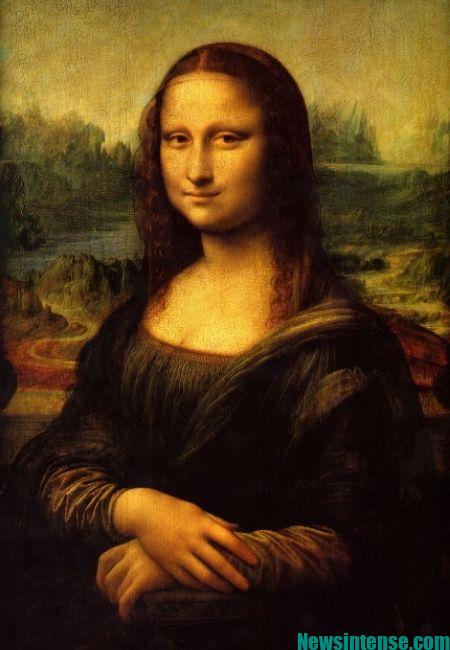
The Mona Lisa portrait, Leonardo Da Vinci’s best-known work, is a 16th century oil portrait painted using the sfumato technique. The painting is currently exhibited in the Louvre Museum in Paris.
The last Dinner
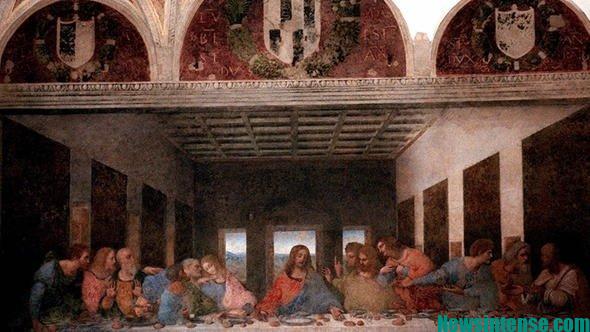
This fresco, which was made at the request of Duke Lodovico Sforza in the 15th century, is dedicated to Jesus’ last meal with his apostles just before his capture and crucifixion.
The Virgin of the Rocks
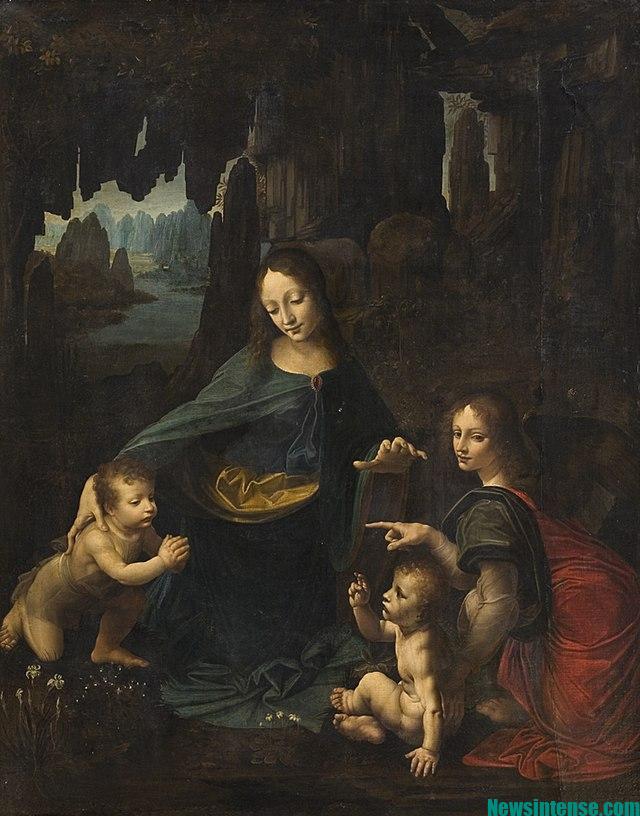
The Virgin of the Rocks, depicted twice by Da Vinci, is a painting of the Blessed Virgin Mary. The first of the Virgin of the Rocks is exhibited today in the Louvre Museum in Paris and the second one in the National Gallery in London.
Vitruvian Man
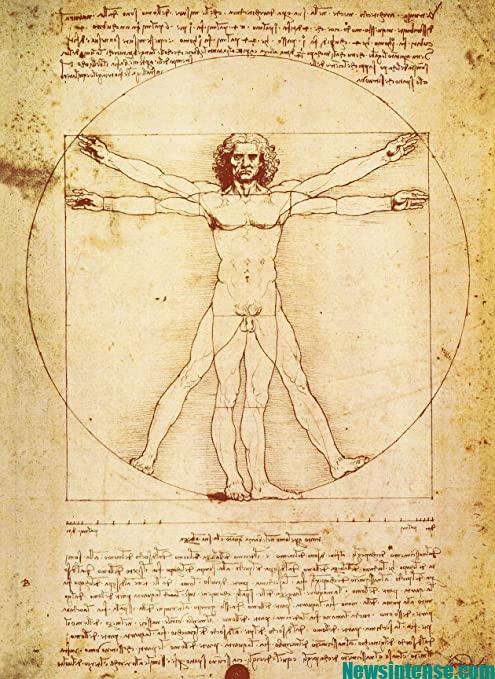
The sketch, which is thought to have been made in 1492, is known as the “Vitruvian Man” or the “Golden Ratio”. It was found among the notes in one of Da Vinci’s diaries. Next to the notes he often writes “Law of Proportions” and “Man’s proportions”. Today it is exhibited in the Gallerie dell’Accademia in Venice.
Salvator Mundi
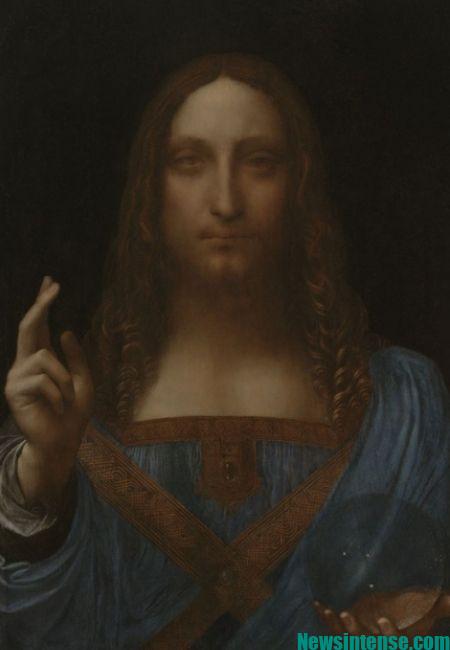
Salvator Mundi’s trace in history dates back to the 15th century. The painting depicting Jesus as the savior of the world is considered one of the most expensive works of art in the world. At the auction held at Christie’s in 2017, it found its buyer for exactly 450.3 million dollars.


